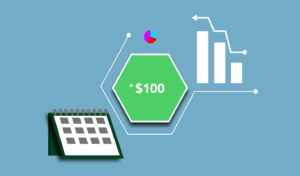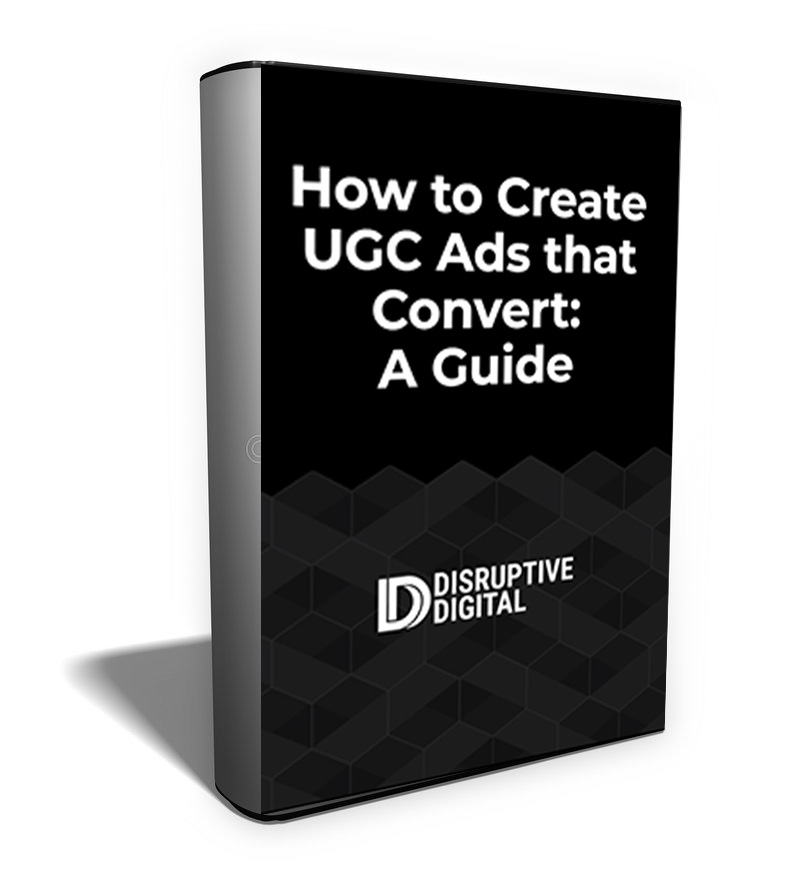In the evolving world of digital advertising, understanding how to effectively use Meta Ads (formerly Facebook Ads) is crucial for any marketing agency. However, many agencies still fall into common pitfalls that hinder ad performance and waste budget.
Here are six red flags indicating your agency might not be fully grasping the nuances of Meta Ads.
1. Not Exiting the Learning Phase
An agency incorporating too many ad sets is a surefire way to drive worse performance.
Instead of optimizing for people who will convert on your ads, your account is relegated to the Learning Phase, a period of worse performance and higher volatility.
Advertisers with ~20% of spend in Learning Phase see +17% conversions and -15% CPA vs. advertisers with ~80% of spend in Learning Phase.
To efficiently move beyond the Learning Phase, an ad set requires about 50 optimization events within a 7-day period. Therefore, it’s essential to allocate a budget that supports these 50 optimization events in a week. Setting a budget that is either too low or excessively high can mislead the delivery system regarding the optimal audience for your ads.
Another significant factor preventing ad sets from exiting the Learning Phase is the volume of ad sets. Running too many ad sets simultaneously leads to less frequent delivery for each set. As a result, fewer ad sets complete the Learning Phase, and more of the budget is consumed before the delivery system can optimize performance effectively. A practical approach to mitigate this issue is to simplify your account by consolidating ad sets. This consolidation not only streamlines the number of ad sets but also merges their delivery learnings, enhancing ad performance.
Should your ad set fail to accumulate sufficient optimization events to exit the Learning Phase, the status in the Delivery column will display “Learning limited.”
2. Using Manual Bids Incorrectly
If you’re running bid cap campaigns with the same budget you’d invest on the highest volume, you’re using them wrong.
A bid cap or manual bidding is a bidding strategy that allows you to set a maximum cost-per-acquisition (CPA) threshold for your ad campaign. With this setting in place, Facebook will never bid more than the amount you specify, even if it means your ads don’t show as often. This is a great way to make sure you never go over your desired target.
When using bid cap, Facebook will automatically adjust your bids up and down to get as many conversions as possible while still staying within your set bid. This way, you’re guaranteed to get the most bang for your buck and never go over target. So, in short, bid caps help maximize your conversions at your CPA on unlimited spend.
When you run a bid cap campaign with an inflated budget, Facebook will automatically adjust your bids up and down to get as many conversions as possible while still staying within your set CPA. This way, you’re guaranteed to get the most bang for your buck and never go over budget.
Additionally, since auto bidding doesn’t always result in the most conversions, running a bid cap campaign with an inflated budget will help to maximize your conversion rate and get you more leads for the same price.
You can learn more about how to properly use manual bidding here.
3. Ignoring Facebook and Instagram Shops
One of the easiest ways to improve your overall conversion rates and ad efficiency is by allowing people to easily shop and checkout in Facebook and Instagram.
Because Facebook is able to see the full transaction of a conversion on Shops, the more data they have visibility to, the better the model is to optimize all of your ads for your target audience.
These insights are crucial in a post-iOS 14 privacy world where website data is much harder to come by.
Additionally, this feature allows Meta to automatically send people either to your website, or to your shop on Facebook or Instagram. Each person would be directed to the destination that most likely lead to their conversion meaning better results overall for your business than only sending people to your website.
4. Oversegmenting Your Budget
It’s tempting to use your Meta ads as a way to drive your audience through your entire product mix.
But in reality, a consolidated campaign structure means more signal and better performance.
When possible, prioritize your hero products and scale them as much as possible.
If you don’t, you may start to see significant inefficiencies in performance and invest in areas that don’t add value to your business.
5. Overinvesting in Likely Converters
Investing excessively in advertising to existing customers often leads to non-incremental spending, even with stricter bids like only focusing on clickers. Similar to with retargeting, this is particularly evident when ad frequencies are high over short periods, which might indicate either wasteful spending or the targeting of a limited audience. It’s essential to consider whether your existing customers need additional ads to prompt repeat purchases.
While ads might incrementally influence your existing customers, in many cases, simpler communication methods like email and SMS are sufficient. If your ads are prompting some existing customers to click and buy, it could be a sign that you’re overspending on this audience.
Not tailoring your campaigns to exclude those who are likely to convert without ads can lead to inefficiencies. By default, existing customers are often included in your targeting groups, which can diminish the actual gains your digital campaigns should be achieving in terms of new conversions. Adjusting your strategy to focus more on acquiring new customers or engaging less active ones could yield better results for your ad spend.
6. Not measuring for incremental conversions
Advertisers that ran 15 experiments (versus none) in a given year saw a 30% higher ad performance that year.
One of the easiest measurement tests to run on Meta is conversion lift studies.
This free solution Meta provides you easy access to understand which of your efforts are incremental to your business and which aren’t, even if dispelling long held convictions.
For example, there’s a common belief that all view-through conversions aren’t truly incremental to your business. However, you can’t click on a TV ad and those conversions have proven impactful for businesses for the last 70+ years!
Additionally, by not focusing on view-through, you are likely missing out on a key audience demographic: younger users!
Younger age groups convert more without clicking so they are more likely to be inaccurately attributed.
And it’s not a small difference. Click-based measurement undervalues younger age groups 2x more than other age groups.
In fact, this is part of the reason why Meta introduced a new-engaged view through attribution lookback.
A recent Meta study of 15 A/B tests showed that advertisers who included Engaged-view in their attribution settings saw an average 3% lower cost-per-result compared to using Click Through only or Click Through + View-Through with 95% confidence.
Conclusion
In summary, navigating the complexities of Meta Ads requires a nuanced approach. By avoiding these common pitfalls, your agency can optimize ad spend, reach the right audience, and drive meaningful conversions. If you recognize these red flags in your agency’s approach, it might be time for a strategy overhaul.
Thankfully, we can help.
Reach out to us for a free audit of your Meta ad account. Our team of experts will provide a comprehensive review and insights to ensure your advertising strategy is on the right track. Don’t let these common mistakes hinder your success. Contact us today for your free audit and take the first step towards optimizing your Meta advertising strategy!






